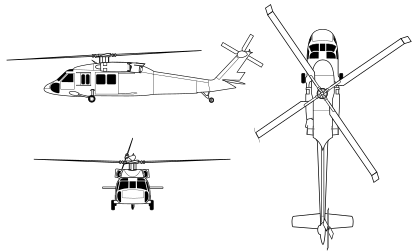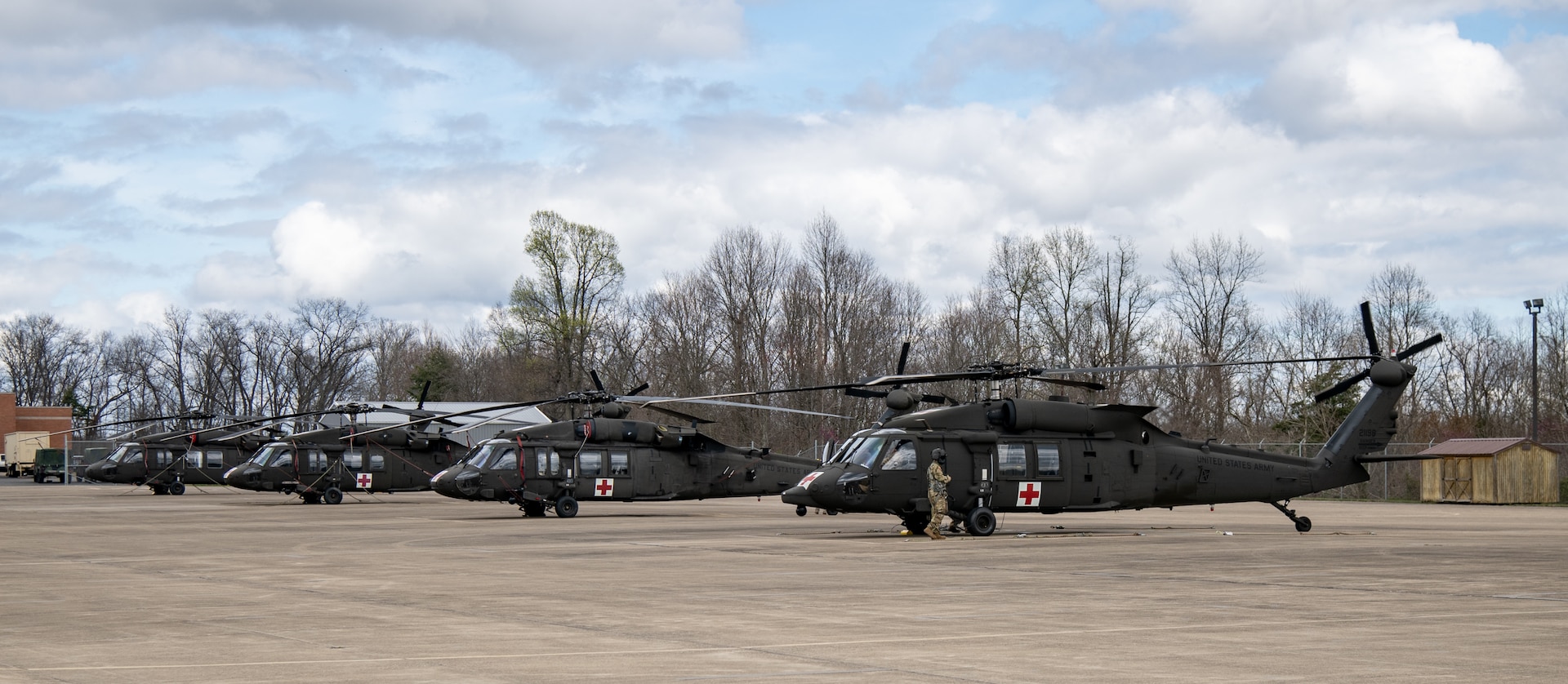UH 60 Black Hawk: Army Helicopter Attributes and Capacities
UH 60 Black Hawk: Army Helicopter Attributes and Capacities
Blog Article
The Effect of Sustainable Practices on the Future of Airplane Operations and Emissions Decrease
As the aviation sector encounters boosting analysis over its environmental effect, the fostering of sustainable practices emerges as a vital path towards future airplane procedures and exhausts decrease. Developments in lasting aeronautics gas and improvements in crossbreed propulsion innovations stand at the leading edge of this improvement, promising significant decreases in greenhouse gas emissions. However, the effective integration of these efforts depends upon a selection of aspects, including regulatory frameworks and market partnership. The question continues to be: just how will these evolving techniques reshape the characteristics of flight and contribute to a much more sustainable future?

Summary of Lasting Practices
Sustainable techniques in aircraft procedures include a variety of approaches focused on minimizing environmental influence while keeping functional performance. These practices are vital in the aeronautics sector's dedication to lessening its carbon footprint and adhering to international ecological requirements. Key initiatives include maximizing trip paths to decrease fuel intake, improving maintenance procedures to make certain airplane operate at peak efficiency, and applying sophisticated modern technologies such as winglets and light-weight products that enhance the rules of aerodynamics.

Engaging and training team on sustainability methods additionally play a crucial duty, fostering a society of environmental obligation within companies. In general, the combination of these lasting methods not just helps in reducing exhausts yet also boosts the long-lasting viability of the aeronautics industry, guaranteeing it meets the needs of both consumers and regulatory bodies while adding to international sustainability objectives.
Ingenious Gas Alternatives
Countless cutting-edge fuel options are becoming crucial remedies to decrease the air travel industry's reliance on traditional nonrenewable fuel sources. Amongst these choices, Lasting Air travel Gas (SAFs) have actually acquired considerable attention due to their possible to reduce lifecycle greenhouse gas exhausts by up to 80% contrasted to traditional jet fuels. SAFs are stemmed from various feedstocks, consisting of waste oils, farming deposits, and also algae, making them a flexible option for the market.
Another appealing option is hydrogen gas, which, when made use of in gas cells, creates just water vapor as a by-product. Additionally, electrical propulsion systems are being explored, leveraging battery modern technology to power airplane.
Last but not least, biofuels obtained from biomass are being explored, supplying an eco-friendly alternative that can be combined with typical fuels. Collectively, these ingenious gas options represent a critical step toward achieving a sustainable aviation environment, lining up with global exhausts reduction targets and enhancing the industry's ecological stewardship.
Technical Developments in Air Travel

Exactly how can technical advancements improve the future of air travel? Advancements such as electrical and hybrid propulsion systems are at the forefront, promising substantial reductions in fuel intake and greenhouse gas exhausts.
Moreover, the execution of sophisticated materials, such as lightweight composites, adds to enhanced aerodynamics and gas effectiveness. Making use of expert system and machine understanding in flight procedures optimizes route planning and decreases fuel melt by making it possible for real-time modifications based on weather and website traffic problems. Furthermore, the development of autonomous and from another location piloted airplane best site systems stands to revolutionize cargo and guest transport, possibly enhancing efficiency while lessening human error.
In addition, sustainable aviation modern technologies, consisting of sophisticated air traffic monitoring systems, can enhance operations and decrease blockage, resulting in lower exhausts throughout flight. These developments jointly stand for a standard change in air travel, promising a future where sustainability and functional performance are linked, consequently sustaining the market's commitment to decreasing its environmental effect.

Governing Structure and Conformity
In light of the expanding emphasis on environmental stewardship within the air travel field, the governing framework governing airplane procedures is advancing to promote sustainable practices. Regulative bodies, such as the International Civil Aeronautics Organization (ICAO) and numerous nationwide aeronautics authorities, are presenting rigorous guidelines aimed at reducing emissions and enhancing functional performance.
These laws often include the adoption of Lasting Aviation Fuel (SAF), which has been recognized as an essential component in achieving lower carbon footprints. Additionally, compliance with these regulations requires airline companies to implement advanced technologies and functional techniques, such as optimized flight courses and enhanced air web find out this here traffic management, to reduce gas consumption.
Additionally, the enforcement of exhausts trading systems and carbon offsetting efforts is ending up being progressively prevalent, engaging airlines to check and report their emissions properly. Non-compliance can lead to considerable penalties, therefore pressing operators to prioritize sustainability in their service models.
Inevitably, the advancing regulative landscape not just drives advancement and financial investment in environment-friendly modern technologies however also promotes a society of liability within the aeronautics industry. As these structures remain to establish, the concentrate on sustainable methods will certainly be indispensable to accomplishing the market's long-lasting environmental goals.
Future Patterns in Airplane Operations
As the aeronautics industry adapts to an increasingly rigorous regulatory setting, future fads in airplane procedures are readied to concentrate on cutting-edge options that better boost sustainability and effectiveness - uh 60. Secret developments will likely include the adoption of sophisticated air web traffic monitoring systems, which make use of real-time data and fabricated knowledge to enhance trip paths, reducing gas intake and emissions
Another considerable fad is the enhanced combination of sustainable aviation gas (SAFs) These alternatives to standard jet fuel, acquired from sustainable sources, can substantially lower lifecycle greenhouse gas exhausts. The sector's dedication to SAFs will likely accelerate as airlines team up with gas manufacturers to ensure schedule and cost-effectiveness.
Furthermore, the press in the direction of electrification and crossbreed propulsion systems is acquiring momentum. Emerging aircraft layouts will include these innovations, using quieter and more effective procedures, especially for short-haul flights.
Final Thought
To conclude, the assimilation of sustainable techniques in airplane operations holds significant capacity for discharges decrease and boosted performance. The fostering of sustainable aviation fuels, combined with innovations in electric and hybrid propulsion systems, is crucial for lessening lifecycle greenhouse gas discharges. Maximizing flight courses and accepting ingenious innovations contribute to a quieter and much more ecologically pleasant aeronautics sector. Collectively, these initiatives straighten with worldwide sustainability goals and lead the way for a greener future in aeronautics.
Technologies in sustainable aviation fuels and advancements in crossbreed propulsion innovations stand at the leading edge of this improvement, encouraging considerable reductions in greenhouse gas emissions.Countless cutting-edge gas choices are arising as critical options to reduce the air travel market's dependence on typical fossil fuels - uh 60. Amongst these see here options, Sustainable Aeronautics Gas (SAFs) have acquired considerable attention due to their possible to reduce lifecycle greenhouse gas emissions by up to 80% contrasted to traditional jet gas.Another significant trend is the boosted integration of lasting air travel fuels (SAFs) The fostering of sustainable aviation fuels, coupled with innovations in hybrid and electrical propulsion systems, is essential for reducing lifecycle greenhouse gas discharges
Report this page